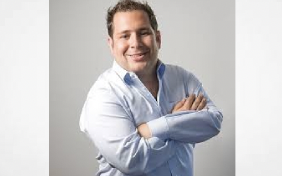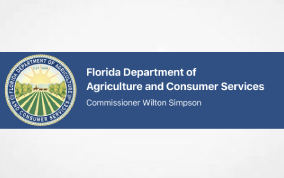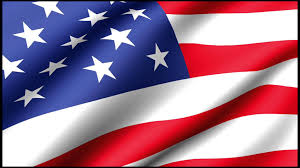20 April 2016
Here’s how they introduce their piece
The federal government first regulated marijuana in 1937
In 1996, California voters approved Proposition 215, the first legislation legalizing marijuana for medical purposes at the state level. Since then, 22 other states, along with he District of Columbia and Guam, have enacted some form of medical marijuana law, and more states appear poised to follow suit. Though the details vary by state, in general, people suffering from a variety of ailments ranging from glaucoma to social anxiety may, with a physician’s order, procure marijuana, also known as cannabis, to alleviate their symptoms. This movement toward the medicalization of cannabis has been hailed by some and decried by other—but unquestionably, its path has been unique in the history of American drug and medical policy.
To begin with, cannabis of any sort, whether for medical or recreational purposes, remains illegal under federal law. The federal government first regulated marijuana in 1937, when Congress passed the Marijuana Tax Act. As with the Harrison Narcotic Act in 1914, Congress deemed an act taxing and regulating drugs, rather than prohibiting them, less susceptible to legal challenge. As a result, the 1937 legislation was ostensibly a revenue measure. Just as the Harrison Act used taxation and regulation to, in effect, prohibit morphine, heroin and other drugs, the Marijuana Tax Act essentially outlawed the possession or sale of marijuana. More stringent measures followed. In 1952, the Boggs Act provided stiff mandatory sentences for offenses involving a variety of drugs, including marijuana.
Then, in 1970, Congress passed the Controlled Substances Act, which established categories, or schedules, into which individual drugs were placed depending on their perceived medical usefulness and potential for abuse. Schedule 1, the most restrictive category, contained drugs that the federal government deemed as having no valid medical uses and a high potential for abuse. Part of Richard Nixon’s war on drugs, the Controlled Substances Act placed cannabis into Schedule 1, along with heroin and LSD, more due to Nixon’s animus toward the counterculture with which he associated marijuana than scientific, medical, or legal opinion. Indeed, in 1972 the Shafer Commission, an investigative body appointed by Nixon, recommended that marijuana be decriminalized and thus removed from Schedule 1. Nixon vehemently rejected the Commission’s report. The Schedule I designation made it difficult even for physicians or scientists to procure marijuana for research studies. Defining marijuana as medically useless and restricting research access ensured that it would not be developed for use in medicines through the normal medical, scientific and pharmaceutical protocols.
Moreover, calls for medicinal marijuana did not originate in the pharmaceutical or medical communities. The marijuana sold in dispensaries is not of uniform strength or quality. Unlike other new drugs brought to market, it is not the product of scientific development in rigorous, controlled, peer-reviewed studies. In light of federal prohibition and medical skepticism, what has produced the impetus to legalizing medical marijuana? Largely, it has come from citizen support at the state level for medical access and decriminalization, through lobbying, activism and ballot initiatives. State interest in medical marijuana emerged in the 1970s: Oregon, Alaska and Maine decriminalized marijuana during the decade, and New Mexico approved a short-lived medical marijuana research program in 1978. Considering the federal government’s demonization, prohibition and research restrictions on marijuana, it is hardly surprising that popular demand and state action figured prominently in the path toward legalization. The Baby Boom generation realized, through personal experience or social observation, that marijuana was not the Demon Weed, as the federal government claimed, particularly in light of credible reports that it provided relief for a variety of ailments and symptoms. This made it easy for activist groups like the National Organization for the Reform of Marijuana Laws (NORML) to promote and coordinate grass-roots efforts to legalize medical marijuana at the state and local levels.
Read the Full Article at
















